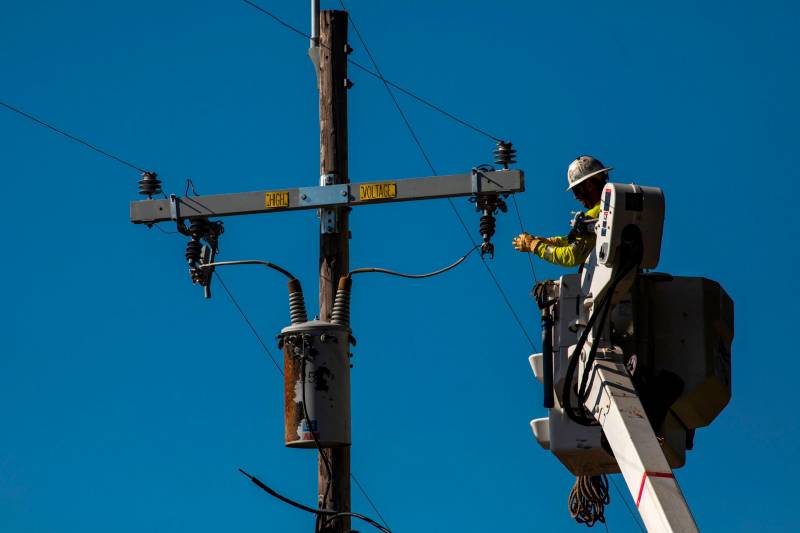State utility regulators are imposing new oversight on PG&E after finding that the utility has fallen far short of its promises to remove dangerous trees from areas of its sprawling electrical network that are most prone to wildfires.
The California Public Utilities Commission voted unanimously Thursday to place PG&E on the first step of an "enhanced oversight and enforcement" process the agency created when the company exited bankruptcy last year.
The vote followed a February audit by the CPUC's Wildfire Safety Division that found PG&E had failed to focus an ambitious and costly vegetation management program on the riskiest parts of its network.
The company's enhanced vegetation management aims to remove hazardous trees and limbs from along 25,000 miles of distribution lines in areas that Cal Fire and the CPUC have identified as having elevated or extreme wildfire threats. The program is projected to take a decade and tens of billions of dollars to complete, and PG&E committed to working on 1,800 miles of lines last year.
